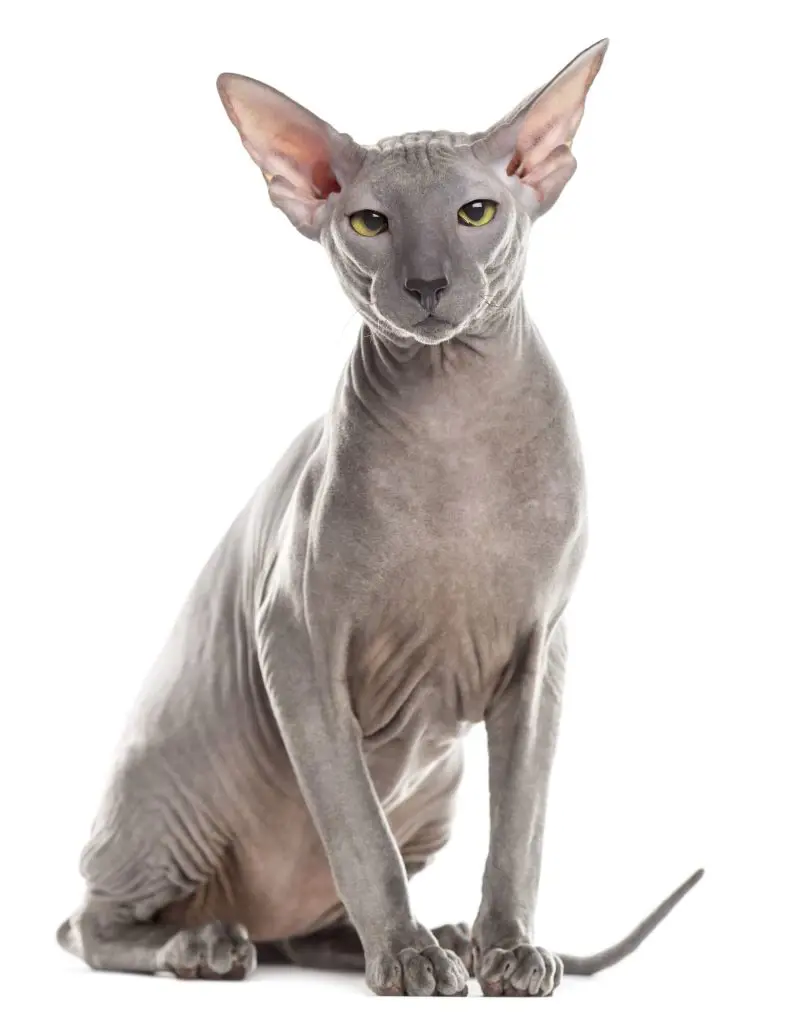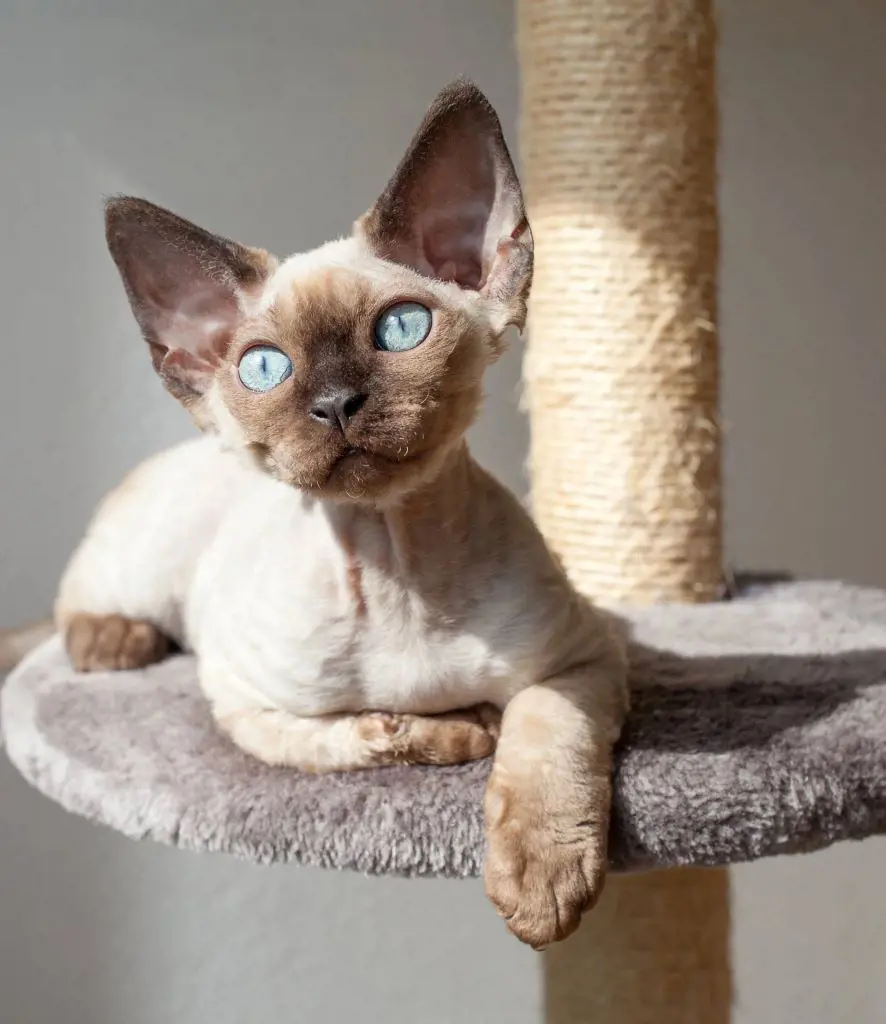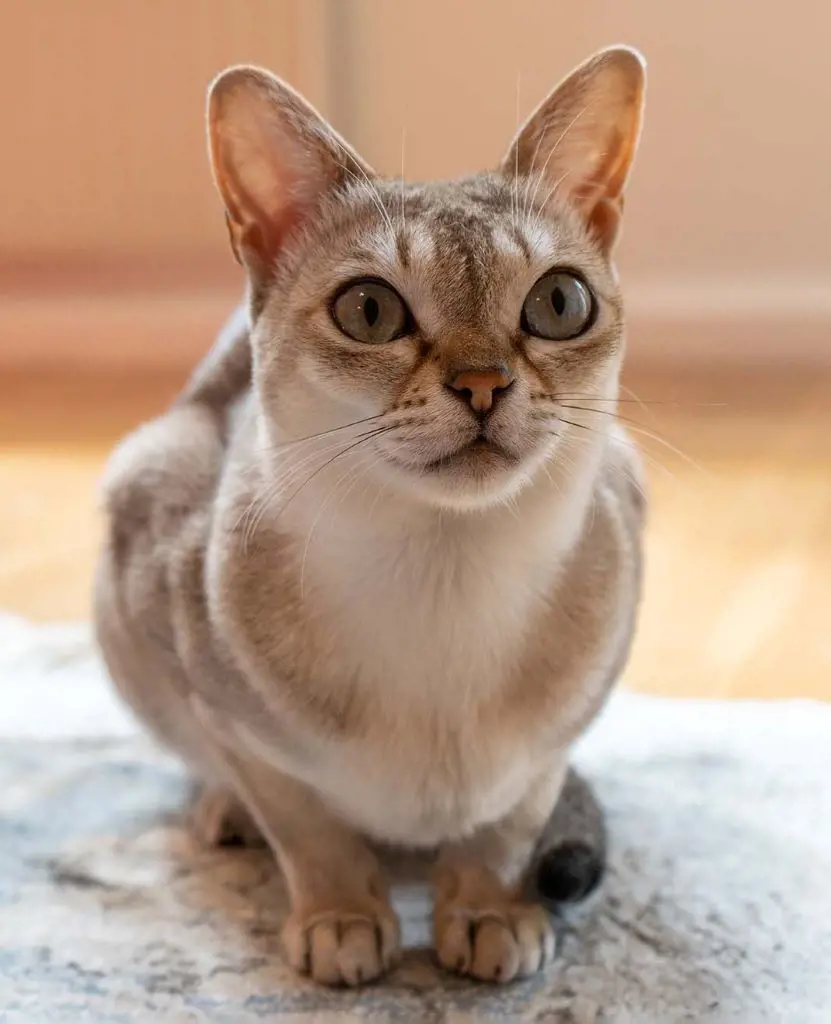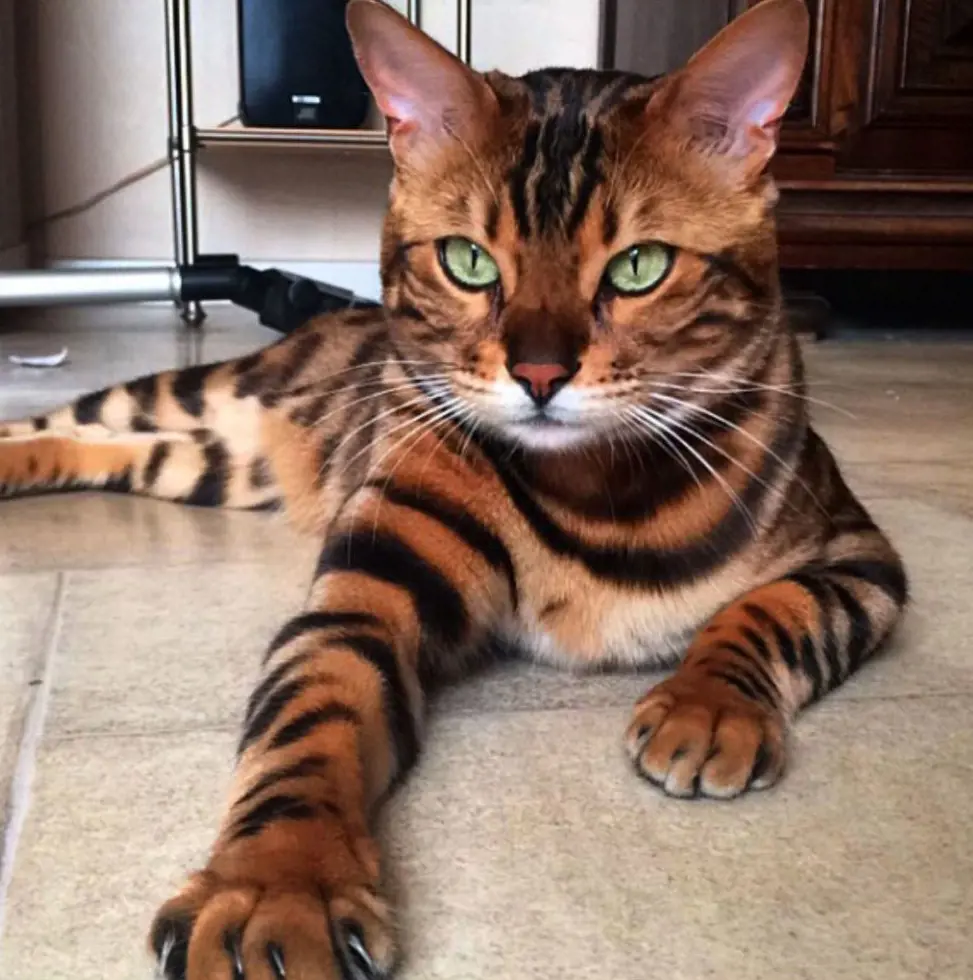20 Cat Breeds That Don’t Shed

Let's debunk a common myth surrounding some breeds of cats for once and all. Even though several species are touted as hypoallergenic and zero-shedding, every cat breed sheds some fur and may cause allergies in their owners.
The amount of fur shed and the frequency with which it must be groomed varies by breed. While most house cats shed their fur daily, in addition to seasonal shedding, breeds like Sphynx and Peterbald shed very little hair.
Today, we've compiled a list of 20 cat breeds that are ideal for cat lovers who are concerned about their feline companions causing allergies.
1. Sphynx

Sphynx are almost hairless, so they don't shed any fur. But, they still shed a small amount of dander.
One of few cats that don't shed much hypoallergenic, Sphynx is hairless due to a mutation and natural selective breeding. They require a basic level of grooming for their dander and oil secretion. Sphynx cats are ideal for people with allergies.
2. Peterbald

The Peterbald is another hairless breed that shed minimal fur. Created by the mating of an Oriental Shorthair female and a Don Hairless male, this less than 30-year-old breed is low-maintenance.
However, these cats still shed a minimal amount of fuzz and secrete oil which will require occasional grooming. Rest assured, their shedding is far less than regular cat breeds.
3. Siamese

Siamese cats are low-maintenance as they have shorter fur than most other cat breeds. This breed is considered one of the lowest fur-shedding cat breeds.
While there is a misconception that Siamese cats don't shed at all, the claim is not true. Occasionally, the cat owner has to shed their furs with a comb. But, they don't require regular grooming due to their short fur and minimal shedding.
4. Cornish Rex

Cornish Rex lacks guard hair, making it an ideal choice for people prone to allergies. This cat breed has an undercoat that is about 1 cm long.
First bred in Cornwall, Britain, Cornish Rex shed a minimal amount of hair which is hard to notice. This cat breed is significantly soft in texture and doesn't need regular grooming either.
5. Devon Rex

Devon Rex is curled fur which is shorter in length than most other popular breeds. Although there is a myth that this breed doesn't shed at all, the statement is far from true.
Due to their short fur, cat owners often don't notice their pet is shedding. This cat breed has a unique mutation that makes its fur curly. The mutation also helps in their low-shedding nature.
But, Devon Rex cats are prone to occasional brushing and grooming to remove the hair and oil trapped in their fur.
6. British Shorthair

This fluffy cat breed has a short but thick coat of fur. They don't shed a lot and are an ideal choice for an indoor house cat.
British Shorthairs shed their fur during spring and fall, so you may need to be ready for some brushing and grooming. Other than that, these cats shed minimally and have a very low risk of causing allergies.
7. Donskoy

Donskoy cats, also known as Russian Hairless, are born with a dominant gene that causes their hairlessness. This generally well-behaved cat breed is either born hairless or goes hairless within the span of its lifetime.
This characteristic makes Donskoy one of the low-shedding and low-maintenance pet options. They regularly seek external heat due to their lack of fur, making them ideal cuddle buddies.
8. Burmese

Nicknamed bricks wrapped in silk, Burmese cats have smooth and shiny fur. Although specimens of this breed don't shed regularly, they are known to lose hair during shedding season.
Burmese are friendly cats, favorites to pet owners at risk of allergies. Likewise, these felines are also low-maintenance as a weekly rub-down is enough to remove dead hair and dander.
9. Tonkinese

Tonkinese cats have soft and silky fur that don't shed as frequently as normal house cats. Their self-grooming habits also help in keeping the shedding to a minimum.
Veterinarians advise Tonkinese cat owners to groom their pets at least once a week to remove any excess oil or dead hair. You should also brush their teeth weekly to keep them safe from periodontal disease.
10. LaPerm

LaPerm has unique curly hair that tends to stick to their bodies instead of falling on the floor. Due to this characteristic, these cats are considered to be practically hypoallergenic.
You'll still need to groom them and brush their hair to remove dead hair and oil from their body. Their hair also doesn't get tangled easily or form mats.
11. Singapura

Singapura is the smallest cat breed and one of the lowest shedders. These cats have silky and smooth fur that requires occasional grooming.
The adorable breed should be brushed at least once every two weeks. Meanwhile, they don't usually need baths as Singapura are incredibly great at maintaining their personal hygiene.
12. Russian Blue

The Russian Blue cat is famous for its unique grayish-blue fur. It is considered a hypoallergenic cat as it sheds fur in very low amounts.
This cat breed is known to shed during spring. So, it might require an increase in brushing during the season. During the rest of the year, weekly grooming and brushing is enough to remove any dead hair and skin oils.
13. Oriental Shorthair

Oriental Shorthair cats are closely related to the Siamese breed. And, like their close relatives, cats belonging to this breed shed minimal hair and fur.
Shorthair cats are low-maintenance by design. They need grooming once every week or two weeks. These cats do require occasional baths too to maintain their skin oil levels.
14. Colorpoint Shorthair

Colorpoint Shorthair cats have a silky coat of fur around their body. While the breed is subjected to minimum maintenance, they are not completely shedding-free or hypoallergenic.
If you either own a Colorpoint Shorthair or plan to own one, be committed to, at least, weekly grooming and brushing. Weekly grooming will remove dead hair and keep their fur healthy.
15. Kurilian Bobtail

Kurilian Bobtail cats are low shedders despite belonging to a long-hair breed. Their coat is water resistant and low-maintenance.
Likewise, their fur doesn't easily get tangled. You can brush it once a week to remove dead skin and hair. Other than that, they are great at personal grooming and don't necessarily require baths.
16. Bombay

Bombay cats are often associated with witches and bad luck due to their predominantly black color. However, their color is also what makes them highly demanded among cat lovers.
Additionally, specimens of this breed are low fur shedder. Grooming or brushing your cat once a week is enough to keep them clean and your home free of fur.
17. Exotic Shorthair

Exotic Shorthair cats are famous for their friendly nature and low-shedding abilities. Its grumpy-looking face makes this breed a regular subject of internet memes and trolls.
This cat breed doesn't have a shedding pattern. But, it is likely affected by factors like seasonal changes, parasitic infections, and/or other existing health conditions.
18. Ocicat

Ocicats are a short breed of cats with a spotted coat of fur around their body. Due to their short hair coat, these cats don't shed like regular household cats.
This human-friendly requires grooming only occasionally due to their low shedding. You are expected to brush their fur once a week and give it occasional baths.
19. Bengal

Bengal cats are one of the favorite breeds among people at risk of suffering from cat allergies due to minimal shedding.
However, there are times and situations when these Asian leopard cats hybrid regularly shed their fur. They lose hair during seasonal changes, developmental shedding, and due to conditions like stress, parasitic infections, and other health problems.
20. Birman

Birman cats fur-shedding depends on factors like their physical health, genetics, time of year, and more. Occasional brushing and grooming will keep their shedding to a minimum.
Also, owners advise using light-colored furniture and sheets as their shedding is visibly noticeable in darker colors.







